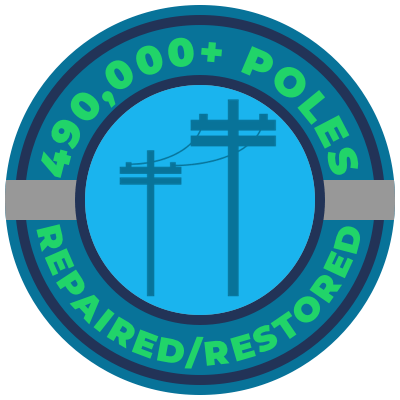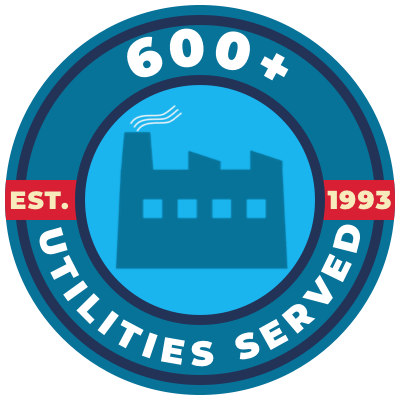Universal Color Code for Underground Utility Lines
What happens before an underground construction project?
There are many things to consider when working with utility lines. If your construction project requires underground utility installation, it is essential to understand the basic process and why working with an experienced contractor can be advantageous.
Pre-construction and site prep:
With underground utility work, you not only have to consider the lines you need for your own project but any existing infrastructure in the area you are building. For this reason, installing utility lines requires meticulous planning and detailed designs that are best handled by a professional. Here is what you need to know before starting your underground construction project:
Call before you dig:
Before you start digging, the first thing you should do is make a free call to dig-safe or dial 811, the federally designated number to call before any major digging project. Once you notify the operator of where you intend to dig, they will come to your site and mark any existing buried utility lines.
Proper planning saves time and money:
Ensuring the necessary steps are taken before you begin digging will save you time and money. Before any project, underground utility experts will go over the initial plans and estimated costs, so no details are left out.
Trenching:
Once you have a solid plan in place and the site has been prepped, the first phase of construction can begin: trenching. This process involves excavating the area to create a trench where you would like to position your underground utilities. Multiple services are often installed in the same trench, and conduits or pipes may need to be placed to protect underground cables and lines. After the conduits are installed, the trench will be backfilled.
Cabling:
If conduits are installed in the trench, the new utility lines will need to be pulled through the conduits. There are several approaches to cabling that are all best handled by a professional. Once the lines are fed through, they can be turned on and made serviceable.
Restoration:
After your underground utility lines are properly installed, the final stage is to restore the area. Once your site is restored, your underground utilities should be up and running, and you can continue your construction project.
Understanding the markings on buried utilities
The APWA Uniform Color Code is a marking guideline that is universal and should be used by all professional underground utility locating companies. It provides a universal understanding of the marking of underground utilities for both construction and engineering projects. Having a uniform color code, companies and individuals always know what to expect when working around a colored line because the color has meaning.
Red = electricity:
A red line of spray paint indicates underground electrical wires, denoting high and low voltage electricity.
Yellow = gas, oil, steam, and chemicals:
Yellow paint is sprayed on pavement that lies on top of underground utility pipes that move gas, oil, steam, propane, and other fuel products and chemicals into buildings, generally to provide heat and energy.
Orange = communication and CATV:
Orange paint illustrates telephones, fiber optics, cable TVs, satellites, and other important communications lines and cables buried beneath the ground.
Blue = water:
Blue markings indicate water pipes underground a construction area, including potable (drinkable) water sources such as city, municipal, and domestic water.
Green = sewer and storm drain:
Green is used to designate storm drains and sanitary sewer pipes, both gravity and force.
Pink = temporary survey markings:
Pink is generally used for temporary survey markings and designating unidentified utilities for a surveyor to get a general reference point for the construction project.
White = proposed excavation:
White lines are sprayed wherever excavation has been proposed to occur. It is used to mark out the area which needs to be surveyed.
What you need to know before using acrylic adhesive on underground conduit
An acrylic adhesive for underground utility use needs to be flexible, strong, reliable, fast-acting, and economical. If you need to couple or splice underground,
PE Fusion acrylic adhesive is the solution for you. A permanent yet flexible and watertight adhesive is an essential inclusion in your toolbox.
Connection procedures of PE Fusion acrylic adhesive on underground conduit:
Preparation and thoroughness are paramount. PE Fusion should be applied to clean surfaces that have been scraped or roughed up using a scuff pad or pipe scraping tool. Scrape or roughen up the joining surfaces, including the conduit end and the coupling inside, and have all joints ready to accept PE Fusion. Once applied, you will need to work quickly and efficiently. You should wear rubber or latex gloves to avoid skin contact and help spread and apply PE Fusion with your finger to the contact surfaces.
GRA Services International focuses on developing new products and solutions to preserve physical assets in the utility industry. If you have questions about burying underground utility lines for your commercial construction project,
contact us today.



